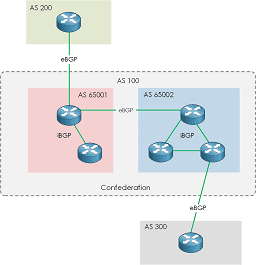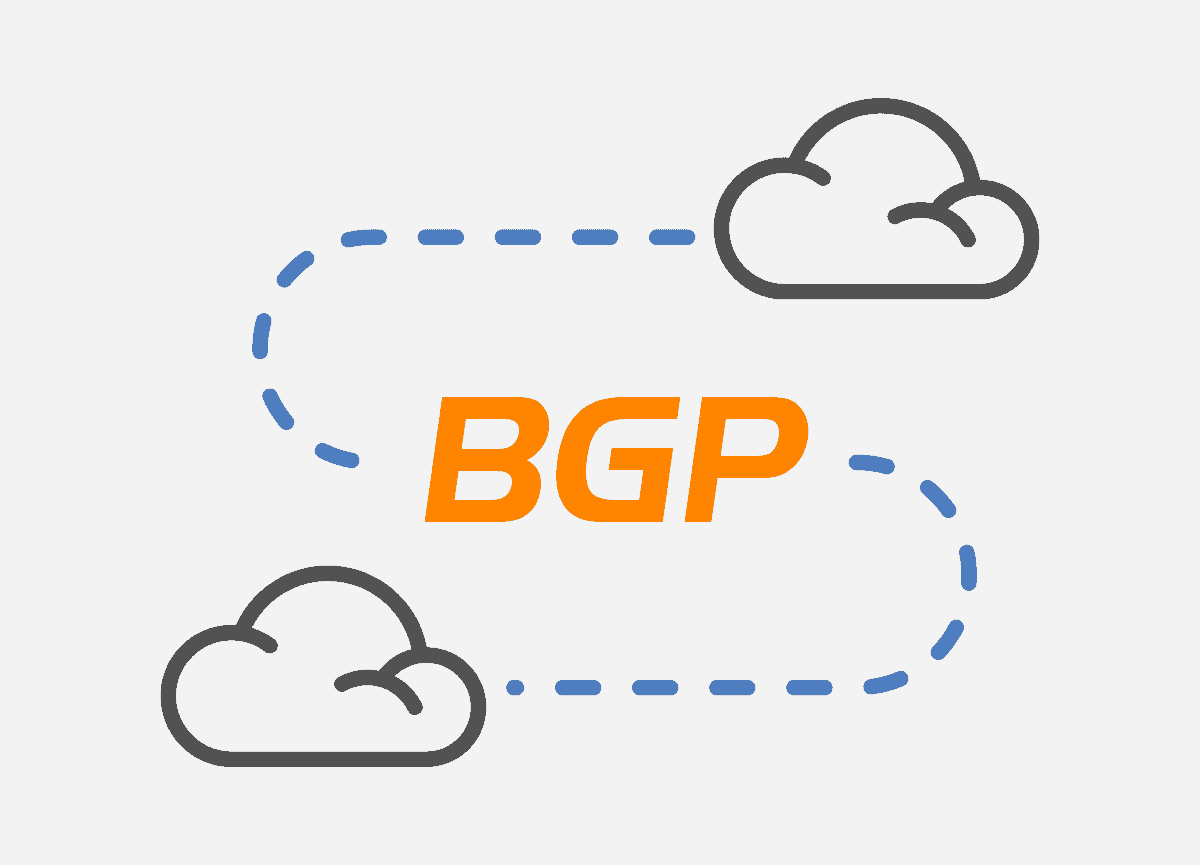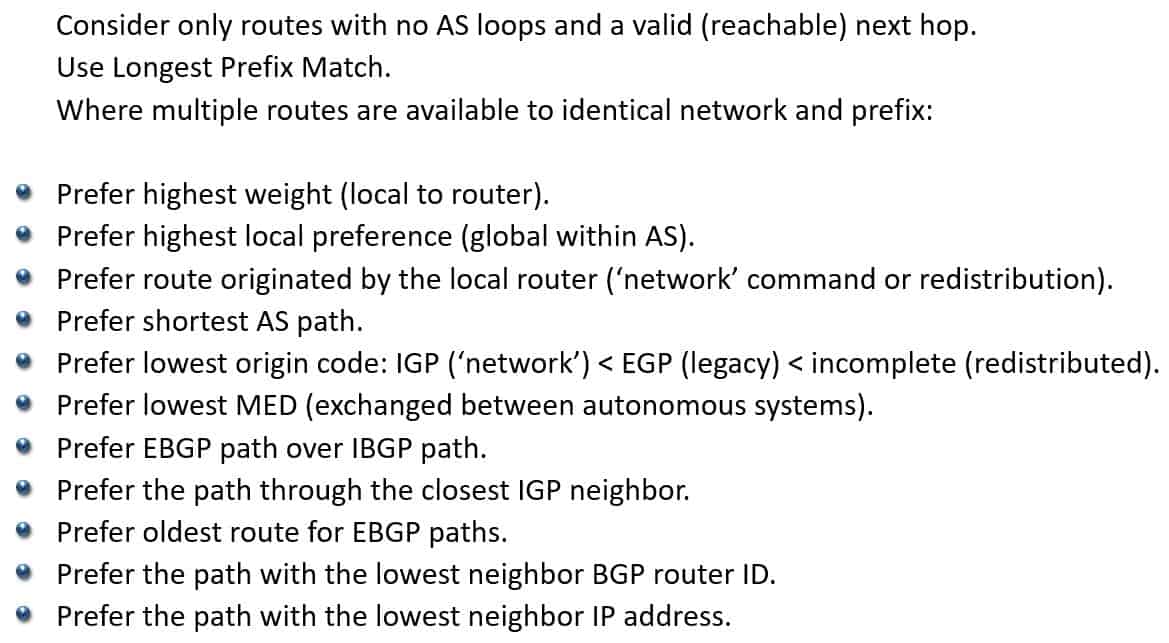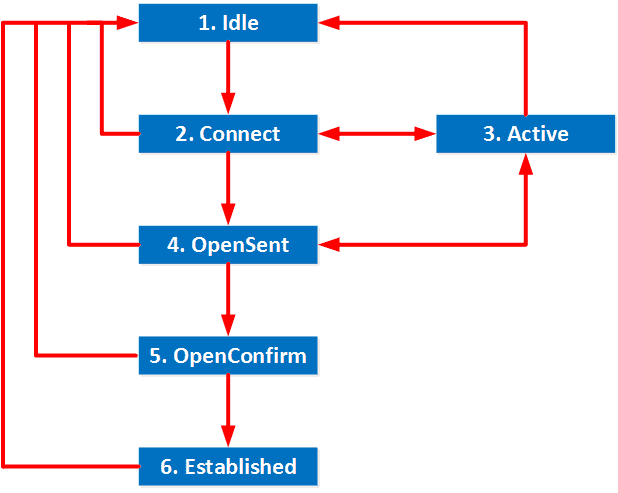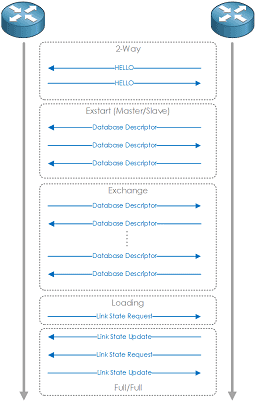How to Configure a BIND Server on Ubuntu
Introduction Within this article, we will configure a BIND server within Ubuntu. The advantages of having a local DNS server include: Reduced latency to DNS requests/responses Ability to add private addresses and full flexibility of zone names. Especially useful for VMware installations. It is important to note that the steps provided, are based on a quick setup. Due … Read more


